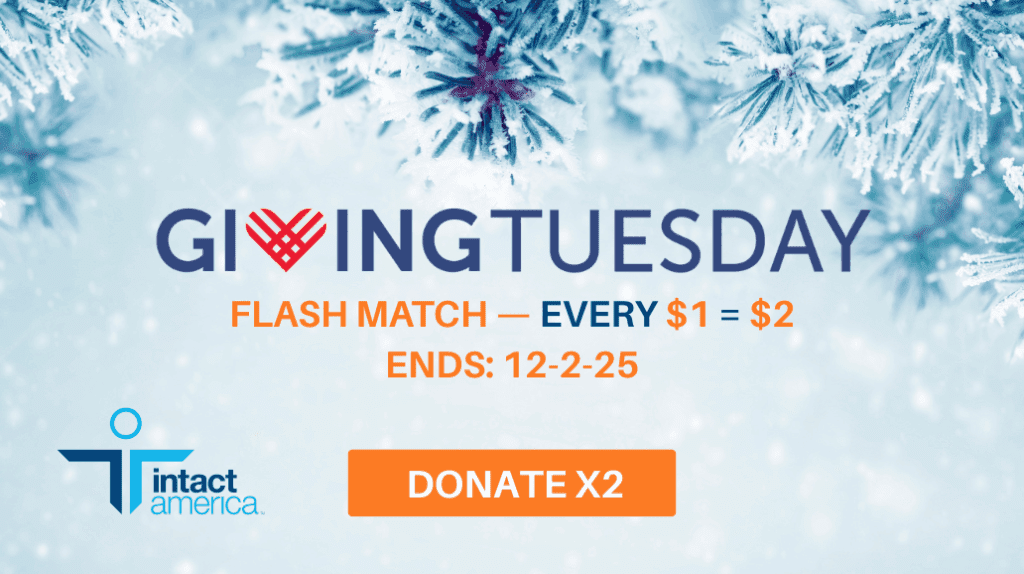Do you know there is no safe and effective anesthetic for circumcising a newborn baby?
In its February 2016 issue, Pediatrics published a study that found babies suffer pain from common medical procedures, such as heel pricks, and that the effects of the pain can last many years. The article, “Prevention and Management of Procedural Pain in the Neonate: An Update,” confirmed that commonly used pain relievers are neither effective nor safe for infants.
So, what is the status of pain control for circumcision? Actually, there are no reliable statistics on the various types of analgesia used. We review the common methods here.
NOTHING
Anecdotal evidence suggests that as many as half of the one million infant foreskin amputation surgeries performed in the United States each year are carried out with no pain relief at all. Rooted in the absurd and disproven belief that babies don’t feel pain, this practice is clearly unacceptable from any perspective.
SUGAR
Sugar is ok for sprinkling on Valentine’s Day cookies — but it’s not going to help your baby cope with the pain of circumcision. While a 2016 Cochrane Library study found that sugar’s commonly used relative sucrose “reduces different measures of newborn pain during heel lance, venipuncture and intramuscular injection,” however, the authors warn: “Sucrose does not provide effective pain relief during circumcision.”
Despite this, many doctors and hospitals persist in using pacifiers or syringes that deliver a mixture of sucrose and water to babies undergoing circumcision. Sucking on a sugar-soaked pacifier might make a baby cry less while his foreskin is being severed, but it does nothing to reduce the effects of pain and stress on his nervous system.
TOPICAL CREAMS
EMLA is a topical anesthetic cream sometimes used in circumcisions in the United States. There are two major problems with EMLA. The first is that while it may be helpful in numbing the skin for superficial procedures, EMLA doesn’t work for an invasive surgery such as foreskin amputation. The second is that, in the United Kingdom and several other countries, use of EMLA on mucus membrane or children’s genitalia is contraindicated. It’s not clear why EMLA is still permitted in the United States for infant circumcision.
INJECTIONS INTO THE BASE OF THE PENIS
Increasingly, doctors are injecting lidocaine or other numbing agents into the baby’s penis as a way of blocking the pain from circumcision. This method is also problematic. First, it requires at least two painful injections into the nerves at the base of the penis. Second, relief from pain is often only partial, and wears off quickly. Finally, various complications can occur, including penetration of the superficial dorsal vein (causing bruising and bleeding) and toxicity from the anesthetic itself.
Removing a baby’s foreskin is not medically necessary. The surgery is painful and the pain persists for days or weeks of the baby’s first days of life, and no available analgesics are both safe and effective. Therefore, parents who want to protect their precious newborn sons from pain and risk will want to say NO to circumcision.






